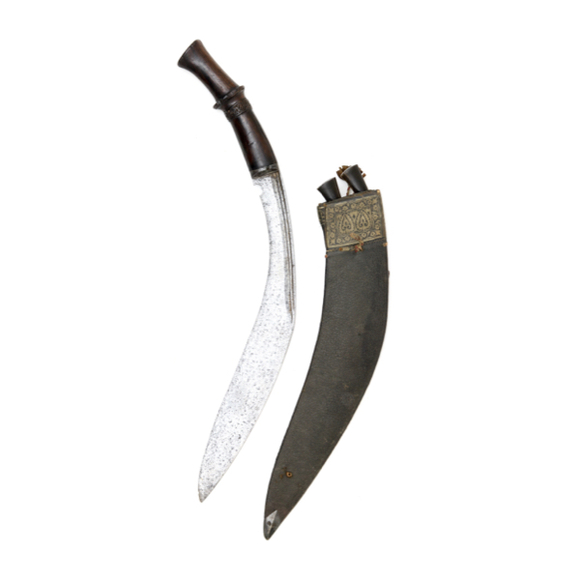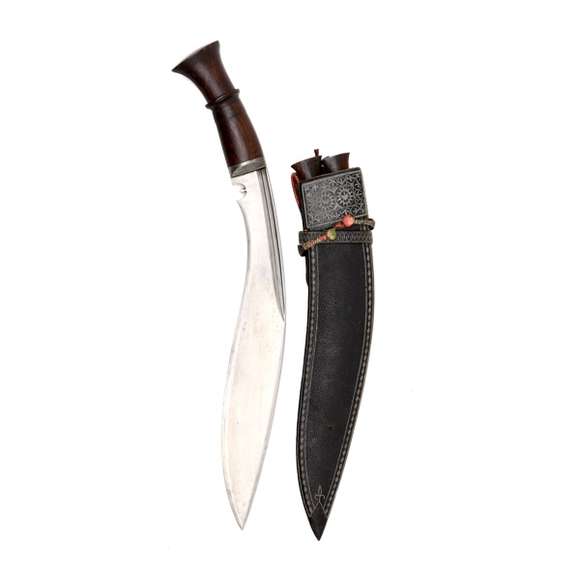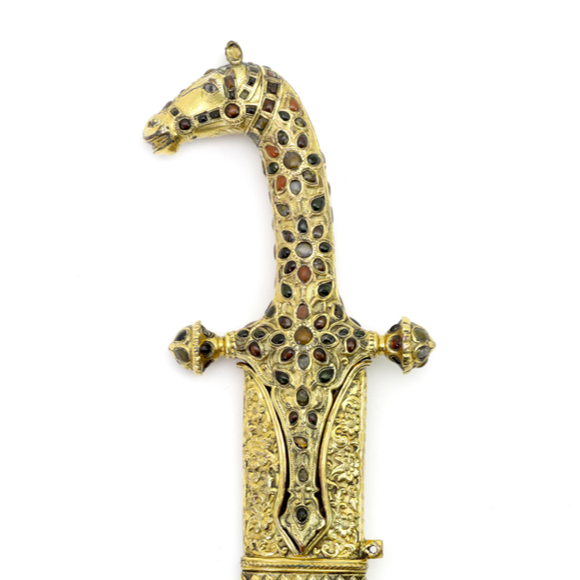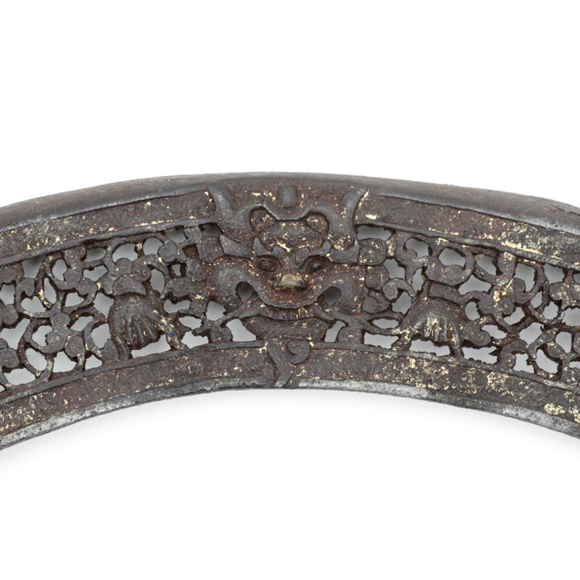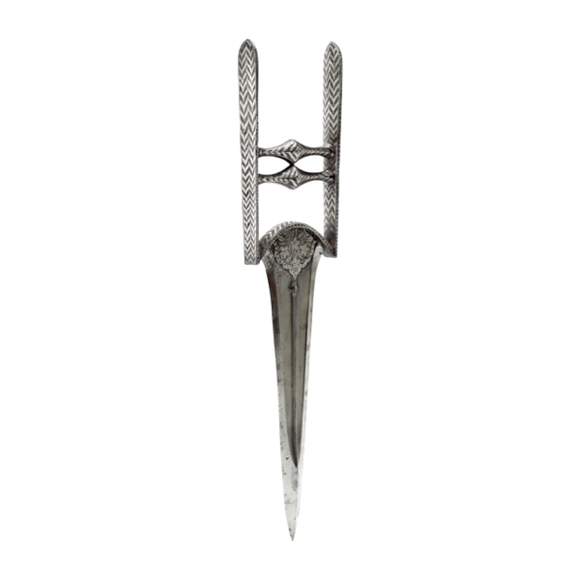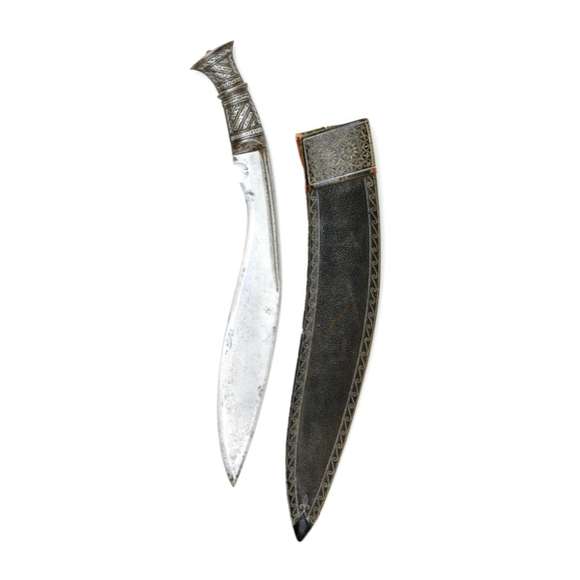Language: Hindi
Source:
Description
Kundan (कुंदन) literally means "gold".
It is also the name of an Indian method of gem setting into hard and brittle surfaces, where a bed of malleable pure gold is used to fill the space.
"In the kundan technique, the base setting of the jewel is first made in gold, with cavities reserved for each gemstone. The cavity is filled with a mixture of shellac and antimony, called surmai, which is heated and melted with the help of hot coal. The jeweller then places each fragment of the gemstone onto the shellac, pressing it down gently while applying another round of heat using the hot coal. The heat re-melts the shellac, allowing it to snugly expand and accommodate the gemstone while also holding it in place. Excess surmai surrounding the gems is then removed carefully, using a fine chisel, resulting in a fine gap between the gem and the edges of the setting. At this stage, fragments of kundan are added to the edges and folded in using a chisel, creating a wedge that holds the gem in place. Layers of kundan are added until the gap between the gemstone and the setting is filled in with gold.
This sophisticated technique allows the lapidarist to skilfully encrust a range of fragile bases, including enamel, jade and rock crystal, with any number of gemstones in virtually any desired pattern. The surface of the finished object glitters and glows as the softly rounded edges of the gemstones are infused with the luminous yellow of the gold that surrounds and anchors them. Often, the reverse of kundan jewellery pieces is adorned with foliate meenakari (enamelling) patterns, a trend that was also popularised with Mughal jewels."
-Shrey Maurya
Kundan: Its History, Patronage and Making

